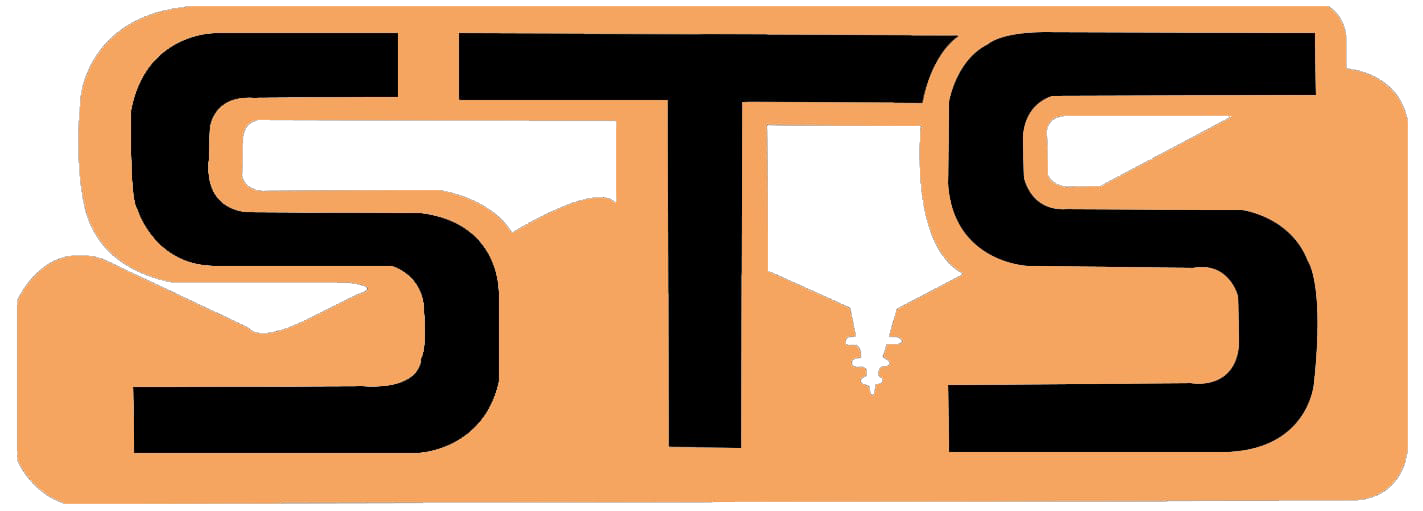Cross Hole Sonic Logging Test
Cross Hole Sonic Logging Test (CHSL) is a non-destructive test method which involves measuring of propagation time of ultrasonic signals between two probes in vertical tube /ducts casted in pile shaft. Shafts are prepared for testing during their construction by installation of access tubes. The total number of access tubes typically depends on the diameter of the shaft. These tubes are usually attached to the reinforcement cage along the full length of the shafts.
The test can be used to collect precise information on the quality and integrity of concrete at different depths. Combination of profiles can be assessed for evaluation of the location.
By digging deeply into the geotechnical particulars of a location, professionals can proactively identify potential challenges, enabling them to devise effective solutions that ensure the structural integrity and safety of the construction project.The CHSL Analyzer System lowers the probes to the bottom of the shaft and moves the transceivers upward in unison, until the entire shaft length is scanned. As probes are pulled up, the first arrival time (FAT) of signal is measured and recorded versus the elevation. This provides a vertical profile scan of signal transit time. The scan is repeated for each pair of tubes. The data is interpreted for delayed pulse arrivals (or low signal strength) which indicate potential defects, and later reprocessed using CHSL-software. Poor concrete between the tubes also delays or disrupt the signal.



